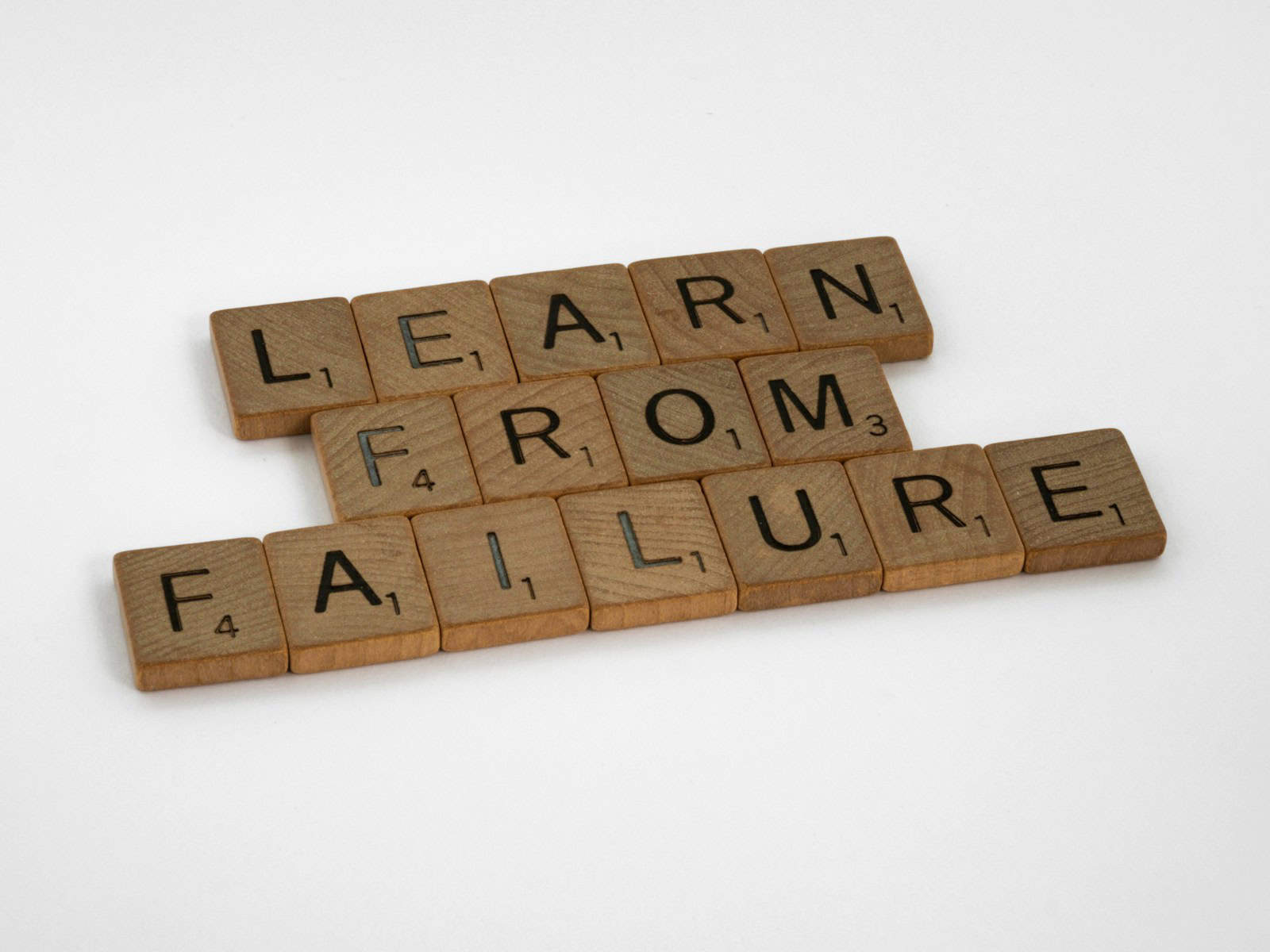Primary data collection is one of the most powerful tools at a business’s or researcher’s disposal. I’ve personally witnessed it reveal insights that inspired innovation and solved difficult problems. In this post, I’ll outline the main methods and best practices for primary data collection. You’ll discover how to select the right method and prevent common mistakes. So without further ado, let’s dive into the nitty-gritty of data collection.
Understanding Primary Data Collection

Primary data is information you collect via direct data collection. This is most beneficial to businesses and researchers who need fresh data. I’ve honed my data collection skills over the years, and it’s definitely one of the most important research skills.
Primary data is different from secondary data, which is data that already exists. When you collect primary data, you gather the data yourself specifically to answer your own research question. It is current, relevant for you, and you have control over it.
Primary data is original, accurate, and relevant to your specific research question. You aren’t relying on someone else’s interpretation of data that may not be fully relevant to your research question. In essence, primary data is exactly what you need.
The biggest benefit of collecting primary data is that you have control over the research design and data quality. It is also the most current and relevant for your research question. However, a major downside is that it can be time consuming and expensive.
Primary data is common in:
- market research
- the social sciences
- healthcare
- environmental research
Any field where you need very specific, current data is an opportunity to use primary data.
I’ve seen the power of primary data in a variety of industries. For example, a tech company I consulted for used surveys to learn about user preferences, and the data directly influenced the company’s product launch. In another example, a healthcare company used interviews to improve patient care protocols.
There are many different primary data collection methods, including:
- surveys
- interviews
- observations
- focus groups
- experiments
- case studies
- ethnography
Each data collection method has its own strengths and is better suited to different research questions.
Approaches to Primary Data Collection
In my opinion, there are three main data collection approaches: quantitative, qualitative, and mixed methods. Each data collection method has its own use case depending on your research objectives.
Quantitative data collection:
- Data is numerical
- Employs structured data collection methods (surveys, experiments)
- Data can be analyzed statistically
- Results are measurable
- Best for testing a hypothesis and identifying patterns
Qualitative data collection:
- Data is non-numerical
- Employs data collection methods (interviews, observations)
- Provides a deep understanding of a phenomenon
- Data explores a subjective experience or perspective
- Best for digging deep into a complex issue
Mixed methods data collection:
- Uses a combination of both quantitative and qualitative data collection methods
- Provides a more complete understanding of the research problem
- Compensates for the limitations of a single data collection method
- You can cross reference different pieces of data
- More challenging to execute because it’s more complex
Selecting the right data collection method is all about your research objectives. Quantitative data collection methods are best for measuring and comparing. Qualitative data collection methods are best for exploring and understanding. Mixed methods data collection methods provide a more balanced complete understanding.
For example, I once did a project where we were evaluating a new manufacturing process. We used a mixed methods approach. Quantitative data showed that the process was more efficient. Then, we conducted qualitative interviews, where employees told us the process wasn’t user friendly. Using both methods together gave us a fuller picture and allowed us to make a better decision.
Remember, your choice of data collection method impacts everything about your research design including your sampling strategy, data collection method, and analysis method. Keep in mind your research question, resources, and timeline.
Common Primary Data Collection Methods

I’ve used various primary data collection methods throughout my career. Each method has its own set of advantages and disadvantages. Here are the most common primary data collection methods.
Surveys and questionnaires:
- Pros: Quick and cost-effective
- Can reach a large sample size
- Easy to quantitatively analyze
- Cons: Lack depth or context
- People may not respond
- They might respond in a biased way
Interviews:
- Pros: Richest detailed data
- Ability to ask follow-up questions and clarify responses
- Cons: Time and resource-intensive
- Potential for interviewer bias
Observations:
- Pros: Capture real-time behaviors and interactions
- Provide context to help understand the situation
- Cons: Intrusive
- People might not behave naturally knowing they’re being observed
- Require observers to have strong observational skills
Focus groups:
- Pros: Different perspectives as people bounce ideas off each other
- Efficient
- Great for ideas and brainstorming
- Cons: Group dynamics will influence individual responses
- Difficult to orchestrate and analyze
Experiments and field trials:
- Pros: Test causation
- Controlled conditions
- Cons: Lack of external validity
- Ethical issues in many fields
Combining multiple methods often provides the most accurate data. For example, in a recent study of workplace safety, we used surveys to gather broad data on the topic. We then conducted interviews to dive deeper into specific incidents. This strategy allowed us to achieve both breadth and depth in our data.
Designing Effective Data Collection Instruments
Designing effective data collection instruments is the most important step to gathering reliable, valid data. I’ve personally learned this the hard way after years of trial and error.
Unbiased questions are the foundation of good instrument design. Avoid leading or ambiguous questions. Keep questions as simple and straightforward as possible. Test your instrument with a small group of people to ensure they interpret questions as you intend.
Organize your surveys and interview guides in a logical order.
- Begin with basic, easy questions.
- Group similar items together.
- Save more difficult, sensitive questions for the end.
This structure will keep participants engaged throughout the entirety of the data collection.
Always pilot test your instrument. Every time I pilot a survey, I find a major issue. In one case, my survey pilot revealed that most respondents interpreted a key question differently than intended. We reworded the question, and that one change likely saved the entire study from gathering inaccurate data.
Use technology to your advantage. Consider how you can use the internet to make data collection more efficient. Most recently, I collected data for a research study using a free, online survey software. This saved a significant amount of time in data collection and entry, and the data was cleaner as a result. However, consider accessibility if applying technology to your data collection strategy.
Always consider cultural norms when designing an instrument. One time I worked on an international project and learned that one question didn’t make sense in a specific country. We had to completely rework that portion of the survey in each country.
Ensuring Accessibility
Accessibility in data collection is one of the most underrated research market trends, yet it’s essential for conducting inclusive research. Think about language barriers, various literacy levels, and disabilities when creating your research instruments.
- Translate for multilingual populations.
- Simplify your language for different literacy levels.
- Create alternative formats, such as audio or braille, for participants with disabilities.
Taking these steps will help you avoid excluding important insights from your research.
Sampling Methods for Gathering Original Research
Sampling is one of the most important steps in primary data collection. It directly impacts how well you can generalize your results to the larger population.
The population is the entire group of individuals you want to study. A sample is a selection of units from that population. Your objective is to make sure the sample accurately represents the entire population.
With probability sampling, each member of the population has a known, quantifiable chance of being selected. Probability sampling methods include:
- Simple random sampling
- Stratified sampling
- Cluster sampling
- Systematic sampling
With non-probability sampling, members do not have a chance of being selected. Non-probability sampling methods are helpful if you can’t use a probability sampling method. Non-probability sampling methods include:
- Convenience sampling
- Purposive sampling
- Snowball sampling
- Quota sampling
Determining the sample size requires statistical calculations. It depends on a variety of factors, like the size of the population, desired confidence level, and acceptable margin of error. Larger samples will give more accurate results, but they are more expensive and time-consuming.
Sampling bias occurs when certain groups are over- or under-represented in the sample. I have seen studies that were completely off the mark because of sampling bias. Always critically analyze your sampling method and sample to ensure that there is as little sampling bias as possible.
Ethical Considerations in Primary Data Collection

There are ethical considerations specific to primary data collection. These protect participants and ensure the integrity of your research.
Informed consent is a requirement. Participants should fully understand what they’re agreeing to, including the purpose of the study, any potential risks, and how their data will be used. I always communicate clearly and efficiently and allow plenty of time for questions.
Privacy and confidentiality are also non-negotiable. It’s your responsibility to ensure that participants’ identities remain confidential and that any sensitive information shared remains private and secure. I once had to restructure an entire study because the initial plan didn’t adequately protect participant confidentiality.
Do no harm extends beyond physical safety. Consider emotional and social harm as well. You should have resources or the contact information of a qualified professional on hand in the event a participant needs emotional support or advice. In studies containing sensitive information, I always have a plan in place to ensure the well-being of participants.
Cultural sensitivity is important during data collection. Respect local customs and values and adjust your approach as necessary. This is an important lesson I learned from collecting data in various communities. What’s appropriate in one culture might be off-putting in another.
Storing and managing data ethically is an ongoing responsibility. Keep your data secure and ensure that unauthorized parties can’t access it. You should also have a plan in place for how long you’ll retain data and how you’ll destroy it. The Obama Administration’s policy on Data Management Plans underscores the significance of this long-term data management.
Institutional Review Boards (IRBs)
IRBs are essential to maintaining ethical research standards. They are responsible for reviewing research proposals to ensure the protection of human subjects. The process of obtaining IRB approval can be arduous, but it’s necessary to uphold ethical standards.
To earn IRB approval, you’ll submit a comprehensive research plan that outlines your methodology, ethical considerations, and data management plan. The board will likely ask you to make changes to better protect participants. While this can be frustrating, it’s a key step that will make your research more ethical in the end.
- IRBs play a crucial role in ensuring ethical research practices.
- They review research proposals to protect human subjects.
- The process can be rigorous but it’s essential for maintaining ethical standards.
Obtaining IRB approval involves submitting a detailed research plan.
- This includes your methodology
- ethical considerations
- and data management procedures.
The board may request modifications to ensure participant protection. While sometimes challenging this process ultimately strengthens research integrity.
Closing Remarks
Primary data collection is one of the most powerful strategies to generate profound insights. I’ve witnessed firsthand how the right approach can completely elevate the quality of decision-making. Surveys, questionnaires, interviews, observations, focus groups, experiments, and case studies all have their place. The trick is selecting the methodology that best supports your research goals.
Don’t forget to meticulously design your instruments. Asking unbiased and clear questions and implementing proper structuring is paramount. Additionally, consider pilot testing your approach to work out any kinks.
Ethical considerations are also a must. Informed consent, privacy, and cultural considerations are not only non-negotiable, but they are also basic principles to protect your participants and the overall integrity of your data.
At the end of the day, effective primary data collection requires thoughtful planning, diligent execution, and ethical practices. It’s an incredibly valuable strategy when implemented correctly.






